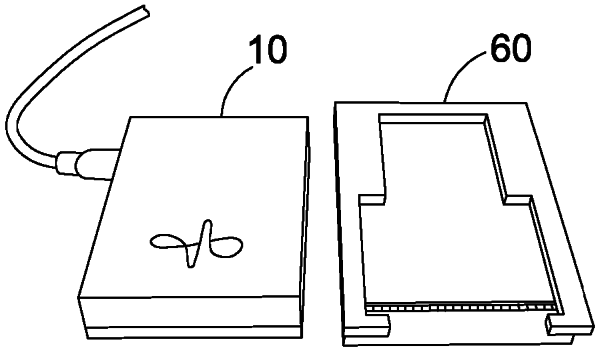| CPC G01S 7/412 (2013.01) [G01F 23/284 (2013.01); G01N 22/00 (2013.01); G01S 7/35 (2013.01); G07D 11/50 (2019.01); G01S 7/411 (2013.01)] | 23 Claims |

|
1. A classification method comprising:
positioning an inanimate object and a radar unit in proximity to each other such that a distance between the inanimate object and the radar unit is less than 1 m;
receiving by the radar unit raw radar signals reflected from a field of view of the radar unit, whereby the field of view includes the inanimate object; and
performing a classifying to identify the inanimate object, wherein
the inanimate object is an inanimate solid object or a liquid;
the classifying is based on the at least one feature extracted from the raw radar signals, and
the classifying comprises using a machine learning classifier to distinguish between objects or classes of objects from a predetermined list of objects or classes of objects having at least one of different materials, different internal structure, or a different number of stacked objects;
and the classifying of the inanimate object comprises identifying the inanimate object as being a selected object or in a selected class of objects or having a selected number of objects, the selected object, class or number being from the predetermined list of objects or classes of objects having the at least one of different materials, different internal structures, or different number of stacked objects, wherein
the method further comprises transmitting by the radar unit a frequency-swept signal;
the receiving of the raw radar signals is performed using a plurality of receivers and is in response to the frequency-swept signal, each receiver at a different position, and the raw radar signals comprise a plurality of channels each corresponding to a field of view of a respective one of the receivers,
the method further comprises dividing each raw radar signal into a plurality of time bins, such that each time bin corresponds to a respective frequency value or range, and using an amplitude of the raw radar signals for each timeline and channel as a respective feature, thereby to obtain a set of time-binned features from the raw radar signals; and
the classifying is performed by applying the machine learning classifier to the time-binned features obtained from the raw radar signals for the fields of view of the plurality of receivers.
|